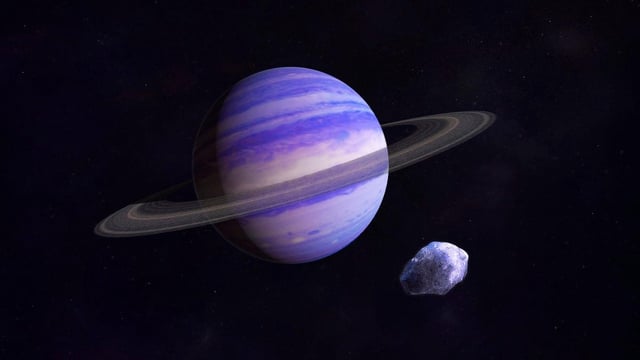Overview
- Cornell University researchers identify purple bacteria as potential dominant life forms on exoplanets.
- Study finds purple bacteria could thrive under a variety of conditions, including low light and low oxygen environments.
- Next-generation telescopes could detect 'light fingerprints' of purple bacteria, aiding in the search for extraterrestrial life.
- Models of Earth-like planets show purple bacteria could survive in diverse conditions from frozen to ocean worlds.
- Research emphasizes the need to broaden the database of life signatures to include non-green biosignatures.


